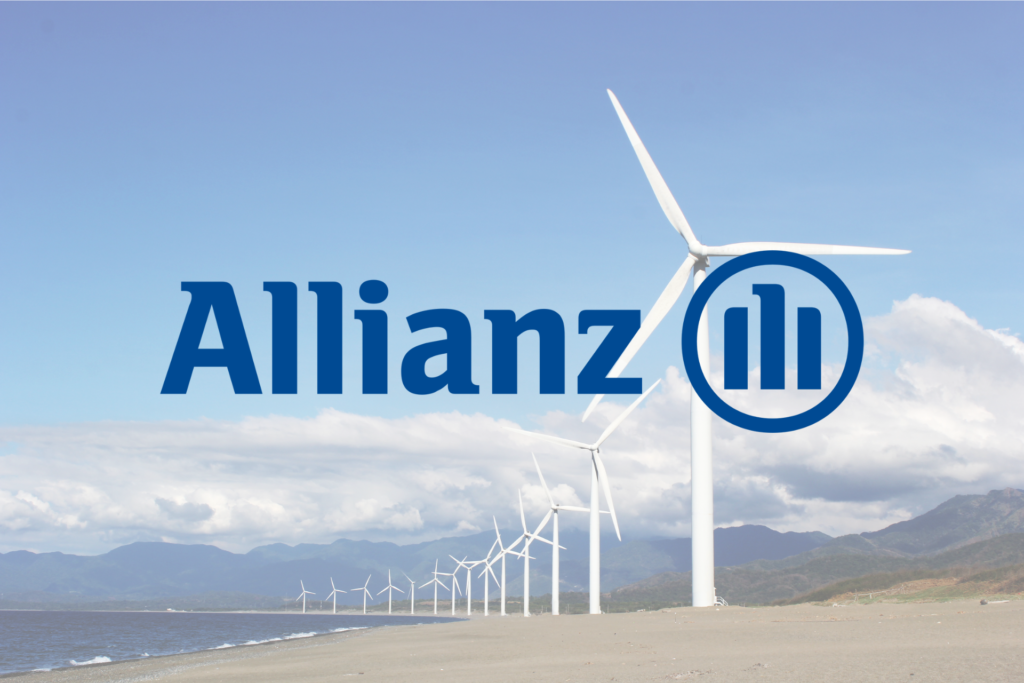In a comprehensive document titled ‘A Turning Point for Offshore Wind,’ Allianz Commercial sheds light on the burgeoning growth prospects, groundbreaking technological innovations, emerging risk trends, and loss patterns within the global offshore wind industry.
The undeniable potential of offshore wind as a sustainable and clean energy source for the ongoing global energy transition has sparked rapid investments worldwide. However, Allianz emphasizes that the path to global scalability is riddled with obstacles that developers and insurers must effectively manage.
These challenges encompass a spectrum of factors, including cutting-edge technology that remains in the prototype stage, mounting economic pressures, increasingly extreme weather conditions, the threat of cable damage, collision risks, and heightened environmental concerns. As the industry’s importance continues to grow, the effective management of these risks will be pivotal in sustaining its upward trajectory.
Accidents offshore pose substantial risk
The report also highlights the pressing issue of the limited availability of specialised vessels, alongside concerns about vessel collisions with turbines and offshore infrastructure. These incidents have shown an increasing trend in recent years and pose a substantial risk, potentially leading to significant losses.
Furthermore, as the offshore wind sector expands into previously uncharted territories, the industry faces heightened risks associated with adverse weather conditions and natural disasters. Additionally, while the offshore wind industry plays a pivotal role in advancing the global net-zero agenda, the report underscores the importance of responsible development and environmental stewardship as key considerations for its sustainable growth.
Speaking about the new data, Anthony Vassallo, Global Head of Natural Resources, Allianz Commercial, said: “Offshore wind farms are highly complex projects. The lessons learned from past losses – which are primarily damage to cables and turbines – are essential for the industry to continue to grow sustainably.
“Emerging risks need to be explored, too, as developers prepare for widescale deployment of offshore wind around the globe. The size of turbines is ever increasing, wind farms are moving further out into harsher marine environments where they are more exposed to extreme weather, and technological innovation is constantly progressing.
“Navigating biodiversity issues in coastal communities will also become more important as demand for ocean space is set to increase fivefold by 2050.”
At present, the global offshore wind industry predominantly resides in Europe and the Asia-Pacific region, accounting for more than 99% of the total installations worldwide. However, the United States is making substantial investments in this sector, and China has recently surged ahead to become the world’s largest market, expected to host half of all offshore wind installations in 2023.
Despite ambitious growth aspirations, the industry faces significant impediments, primarily driven by escalating costs. Recent major wind projects have been stalled due to a confluence of factors, including inflation, mounting capital expenses, rising interest rates, and geopolitical uncertainties, as highlighted in a recent report.
Notably, material costs and vessel rental expenses have surged, while the procurement of materials and access to contractors present ongoing challenges. The industry is grappling with supply chain bottlenecks, protracted permitting procedures, and grid connection delays, all of which are exerting considerable pressure on its development.
Offshore wind claims from cable damage
The report also underscores that damage to cables ranks as the primary cause of insurance claims, closely followed by turbine failures. In Germany and Central Eastern Europe, Allianz Commercial has observed that 53% of offshore wind claims by value, spanning the period from 2014 to 2020, stemmed from cable damage, whereas damage claims due to turbine failures accounted for 20% of the total claims during that timeframe.
“Cable risk is critical and therefore the quality of service is vital. Contractors need to provide assurance they have the required expertise to remedy incidents and that they can source replacement components quickly in order to contain losses incurred during downtime,” explains Reed.
“From an underwriting perspective, with subsea cabling work insurers pay close attention to the type of cabling used, the kind of vessels involved, the communication between client and contractor, and how often qualified risk engineers will make site visits to oversee proceedings.”
The sector has to carefully manage the deployment of emerging technologies at scale, analysts also note. This, along with an increase in turbine size, creates challenges and increases risks.
Dr Wei Zhang, Senior Risk Consultant, Natural Resources, Allianz Commercial, explained: “With new technological approaches and an increase in turbine size comes a corresponding increase in risk. We are closely monitoring the many innovations in the offshore wind industry which include prototypical technologies, pilot projects, and evolving standardisation.
Zhan adds: “These new and unproven technologies often come with a lack of technical maturity and data available. By partnering with clients in the early stages of projects, and exchanging knowledge and learnings, all parties will gain a greater understanding of the exposures involved.”
Source: Allianz








